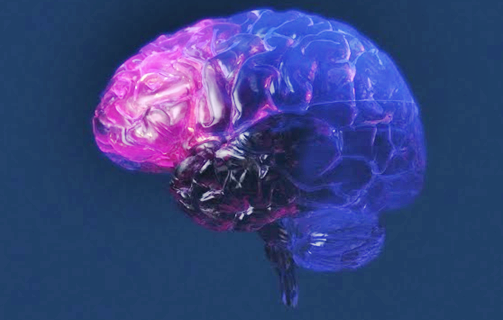
New research indicates that autologous stem cell therapy has positive results when used to treat traumatic brain injuries in children. Researchers from the University of Texas Health Science Center at Houston discovered that stem cell therapy reduced the number of therapeutic interventions needed to treat patients and lessened the time they spent in neurointensive care.
The study, published in the journal Pediatric Critical Care Medicine, took place between 2000 and 2008. It divided children with traumatic brain injuries (TBIs) into two groups — one group receiving autologous stem cell therapy (a bone marrow transplant) and the other group not receiving any stem cell treatment.
Researchers evaluated how well each child recovered from their brain injury using the Pediatric Intensity Level of Therapy (PILOT) score. The PILOT score reflects the level of therapeutic intervention necessary to keep cranial pressure below the danger zone.
Children who received stem cells saw a significant reduction in their PILOT score 24 hours post-treatment throughout the first week. Children who did not have the transplant spent nearly twice as much time in neurointensive care (15.6 days compared to 8.2 days).
Lead researcher Charles S. Cox, Jr., M.D says of the results: “We can measure the pressure and there are medications to reduce the water in the brain but all of those have risks associated with them, such as renal failure and kidney problems. Our study showed that with stem cell therapy, we need to do less intervention for a shorter period of time for the patient”. By reducing the amount of time that anti-inflammation drugs are required, the risk of side effects are substantially lessened.
From: Autologous stem cell therapy helpful in traumatic brain injury
{{cta(‘3fe0aac7-7562-46dc-b8b9-c706d9cfd6b1’)}}
{{cta(‘fec594e9-5433-4350-9180-2bdd371eb399’)}}

